Tango 100
Beginner/All Levels
Tango 100 gets you started following, leading and connecting with your partner while learning the most beloved and commonly used tango sequences for the social dance floor. The program includes two courses, 100M and 100S, which can be taken in either order.
This course is for anyone who's never danced Tango before, but also for the experienced Tango dancer to learn the other role.
TANGO 100 membership includes:
• All group classes at Tango 100 level
• Weekly 1h Tango Fit (all levels)
• Weekly 2h Practica
• Assessments >>>
• Access to video summary of each group class
• 50% off on LATA Online Subscription & Milonga del Sol
• Special pricing for LATA workshops
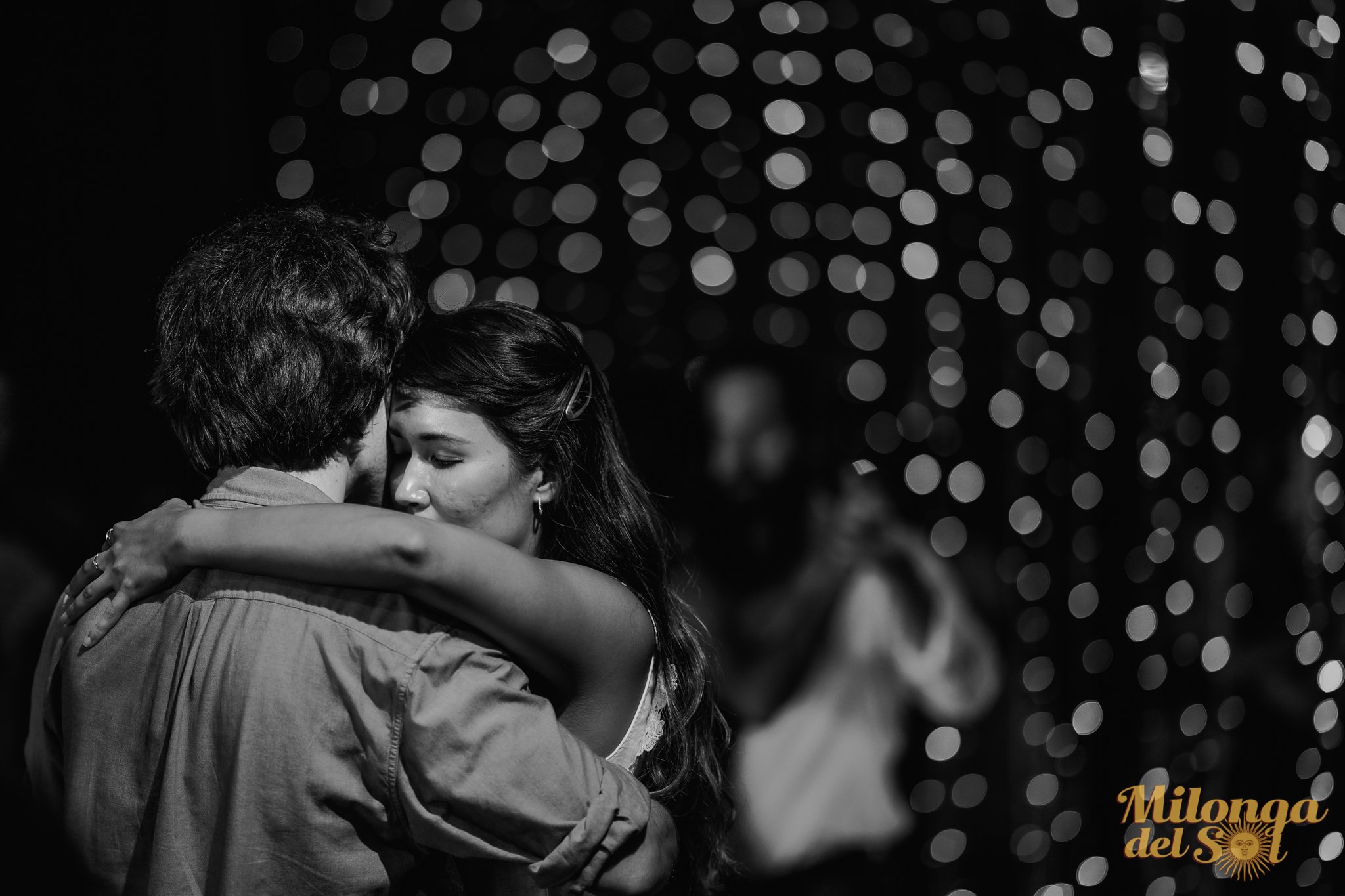
When you sign up for a Tango 100 membership, you have access to all classes at the 100 level. We recommend attending as many classes as your schedule allows, but you will only be assessed on one course per semester. If you take multiple courses, make sure to give a special commitment to one of them to be prepared for your assessments.
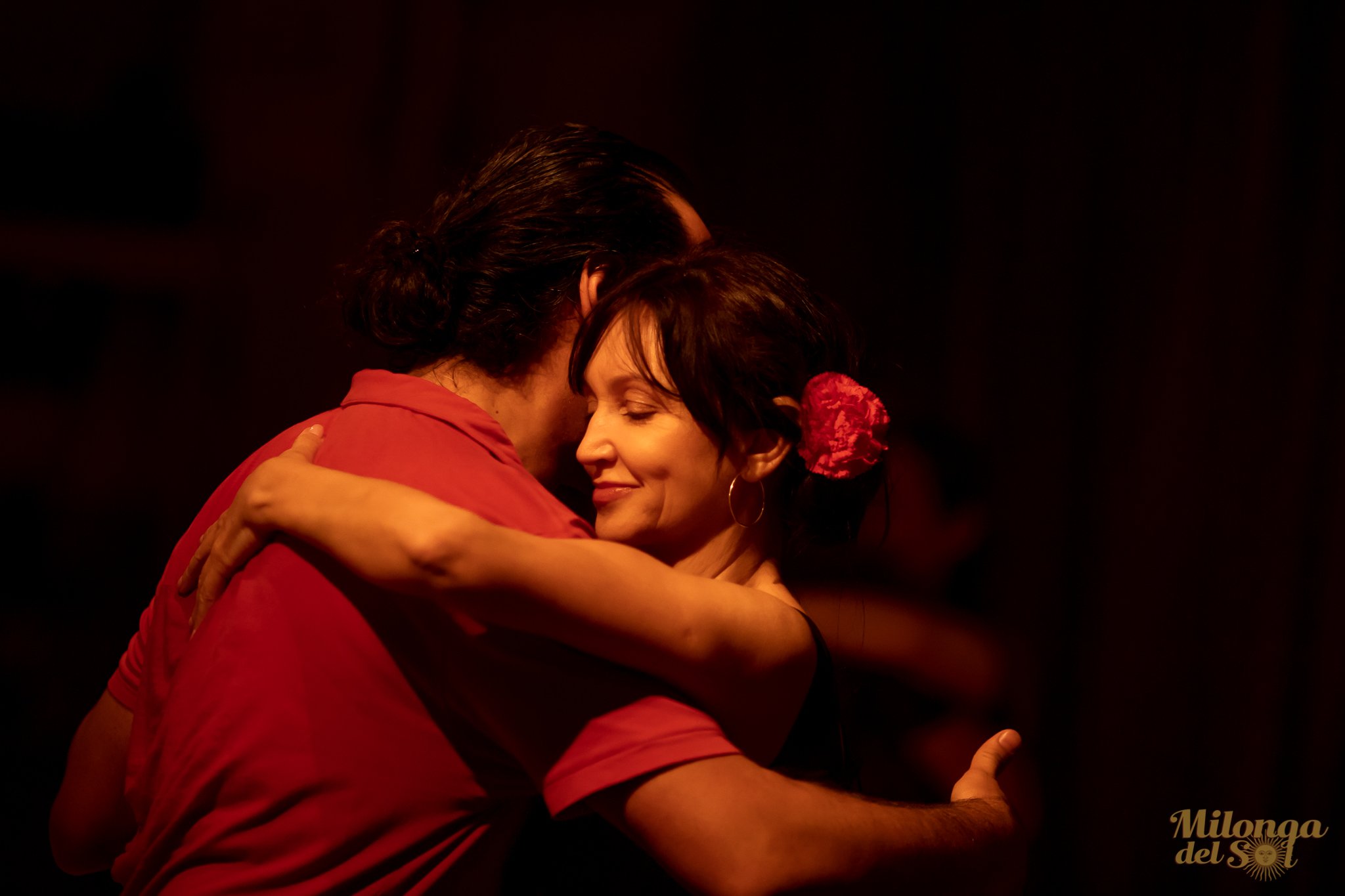
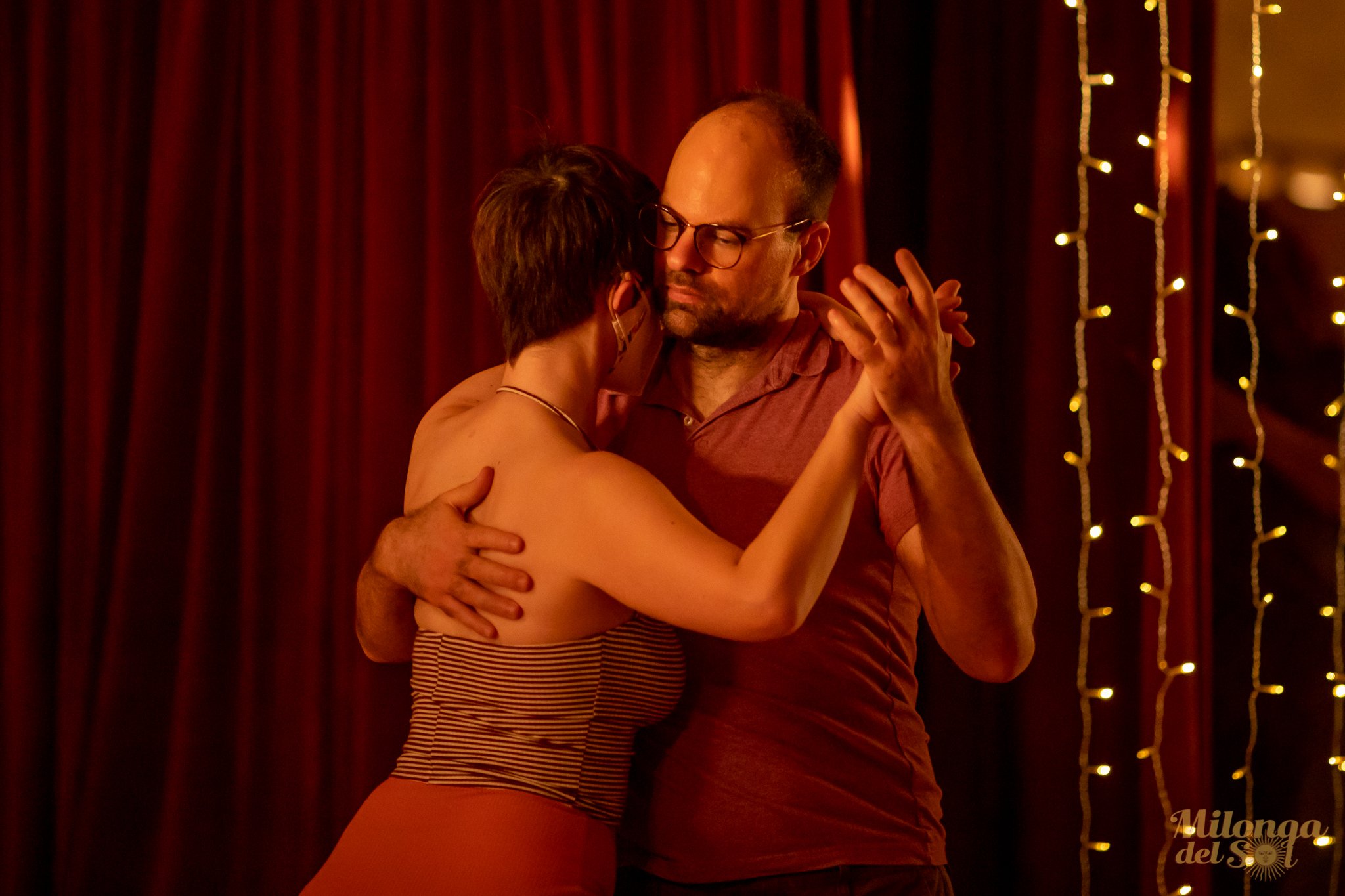

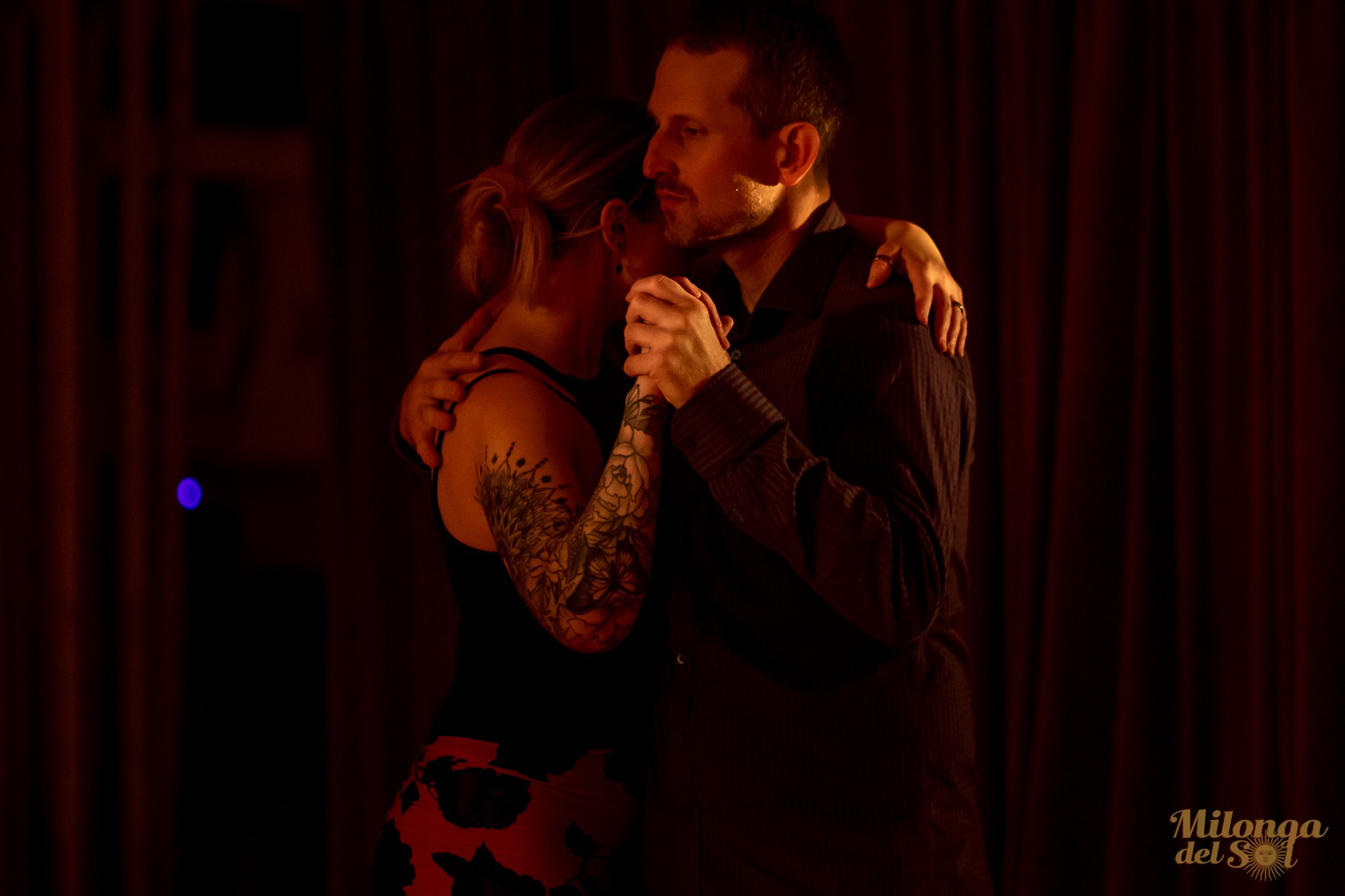
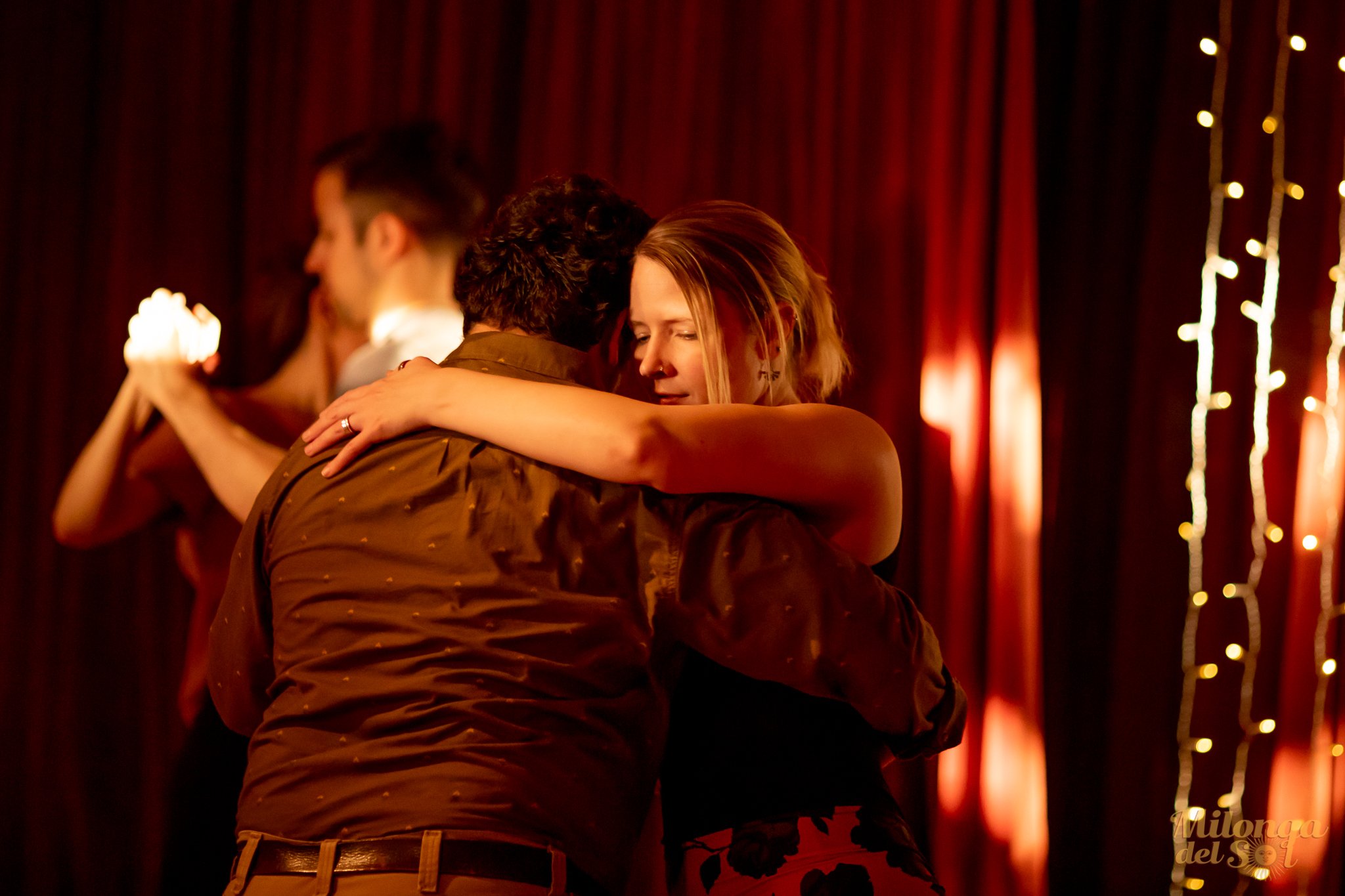
Curriculum
Each series/topic (101, 102 etc.) spans 4 weeks.
TANGO 100M
Tango 100 guides you from your first tango steps to getting you prepared & ready for your first adventure out to a “Milonga”. We’re focusing in on the fundamental techniques needed to stay balanced and connected to your partner, to navigate the social dance floor in a musical way using the most beloved & foundational movements of Argentine tango.
101M: La Baldosa
102M: Walking & Ocho Cortado
103M: Turn to the Left / Milonguero Groove
104M: The Cross System Basic
105M: Closed Embrace
TANGO 100S
In Tango 100S we study classic sequences designed over decades to develop strong skills in the dance. We focus on creating quality and confidence in our movement and how to break down and adapt a big sequence to fit the social dance floor.
101S: La Salida Basica
102S: Forward Ochos & Pasadas
103S: El Abanico & La Parada
104S: Back Ochos & Medialuna
105S: Musicality
"M" for "Milonguero" and "S" for "Salon"
Our “M” & “S” courses are designed in a way that you can start with either, and this is because they cover the same or similar topics, but we explore the topics with different sequences and concepts. (this goes for all the levels: Tango 100-400)
The Milonguero course focuses on the social-dancing aspects of the dance, being able to keep movements compact and fluid on a crowded dance floor, while maintaining a comfortable embrace.
The Salon course focuses more on body mechanics and movements that require a bit more space, and how to maintain the flexibility in the embrace required for different movements.
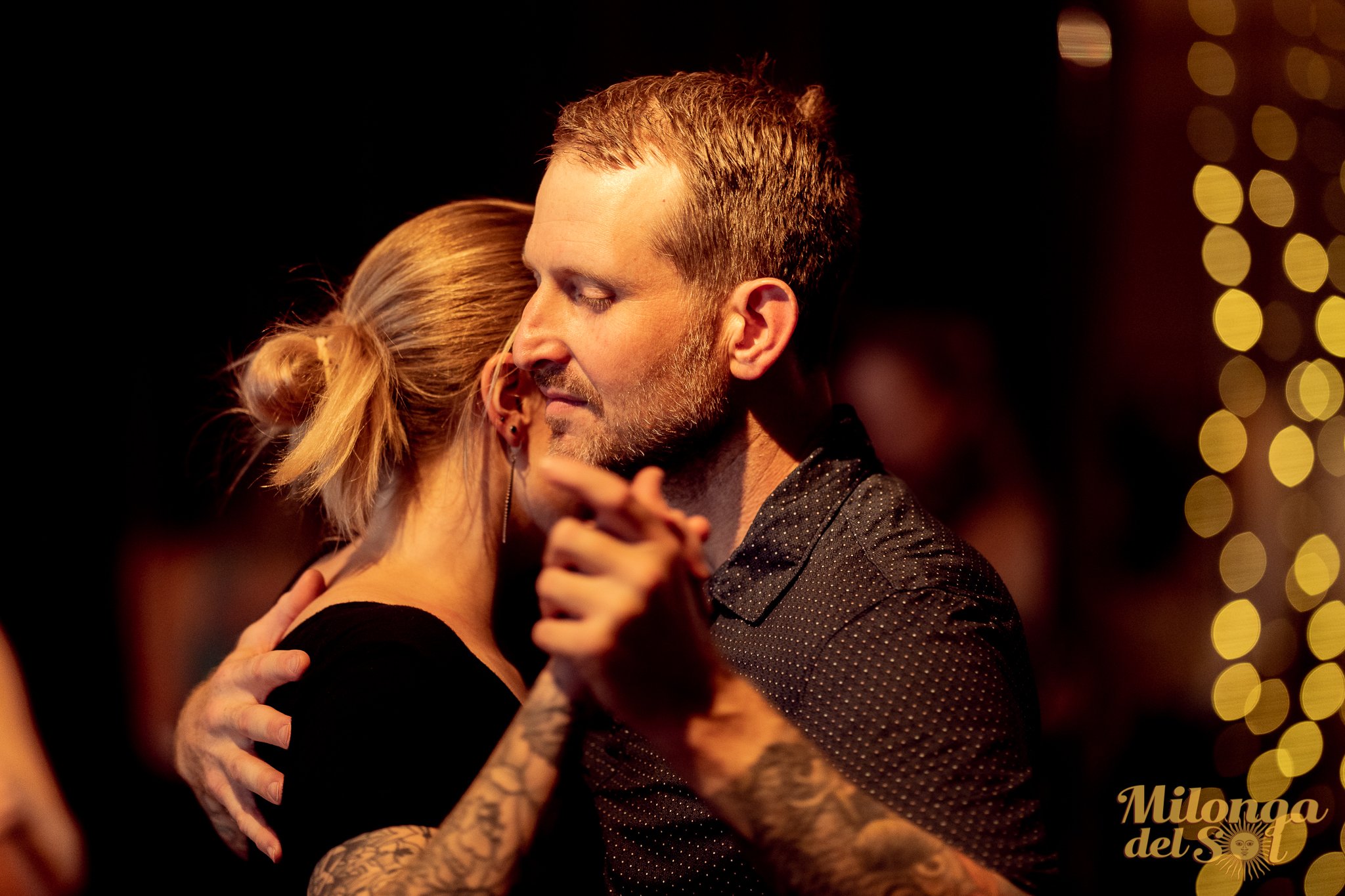
Before the 1st class:
-
We teach Argentine tango the way it’s danced socially at Milongas (Tango socials) around the world. We don’t teach a specific style but we teach a broad tango with the goal that our students would be able to lead and follow different styles as they please; both close embrace and movements that requires more space.
We don’t teach stage tango or ballroom tango.
-
Argentine Tango is a partnered social dance from Buenos Aires, Argentina. It is different from the ballroom tango in its posture, movements and intention -- in Argentine Tango there is no standard way of dancing -- emphasis is on improvisation and each dancer carries within themselves a particular way of dancing it
-
If you want to learn Tango - the best way is signing up for TANGO 100 at the start of a semester. We offer 2 semesters per year - the spring semester starting in January, and the fall semester starting in July.
A few times per semester we offer a Beginner Bootcamp. This class is a 2h introduction to Tango.
You can also get started anytime by taking private lessons!
-
No, we work hard to keep the number of leaders and followers balanced, and we rotate partners throughout each class. We feel that trying out steps and techniques with many partners helps accelerate learning, and builds versatile, adaptable dancers.
-
You should wear clothes that you are comfortable moving in. We will not be doing anything extremely aerobic or rolling around on the floor, so you don't need to come dressed for the gym or a yoga class. On the other hand, you will probably find jeans or other restrictive clothing hot and uncomfortable. Think somewhere in the middle. Typically, we’ll wear dress pants and a nice shirt, flowing pants or dresses & skirts. Of course, in class there is no need to be formal. Simply wear what you are comfortable in. If you wear a short skirt or dress, please wear shorts or leggings underneath.
-
Please wear low-heeled, comfortable shoes with a closed toe. If you already have some type of dance shoes; (character shoes, ballroom shoes etc.) those are fine to wear!
Leather soles are preferable, but you can also get by in sneakers with a hard rubber sole like Puma, Converse or Tom's shoes. If you have no suitable shoes, socks will do just fine!
Here follows some of our shoe suggestions & tips if you’re just starting out:
• Dance Sneakers: A great shoe to start off with is Sansha dance sneakers. We like them because they have a thin sole for a dance sneaker and suede sole. They are comfortable and not too bulky. They are unisex and they are very affordable.
• Tango Sneakers: Our favorite "all-levels" Tango Sneaker comes from the DNI Tango Store! LATA is currently the only seller on the west coast, and keeps a small inventory at the LATA HQ studio. Ask to try on a pair during practica or your private lesson session! Collection>>>
• Ballroom/Salsa Heels: For following, they are fine if you want to practice with a heel but are not ideal. They are not made with the same structure or quality that tango shoes are made with. If you already own a pair and are comfortable in them, feel free to wear them. But we would not go out and buy a pair for class.
• Socks: If you do not want to buy anything new for the class, you can take class in socks. One downside is that pivoting on the floor in sock could make your feet sore. Pro-Tip: Always bring socks as a backup!
• Street Shoes: Street shoes can be worn so long as you can pivot in them comfortably. You're best off using a low-heeled comfortable shoe with a closed toe and avoiding anything with a rubber sole or a pointed toe that elongates the foot. You can also get by in sneakers like Puma, Converse or Tom's shoes.
• Top-of-the-line Tango Shoes:
Tango has its own dance shoes, most of which are hand-made in Buenos Aires or Italy (and quite pricey). The brands we recommend are SUR, Bandolera/Tangolera, Madam Pivot and Regina. However, tango shoes are not required for classes.
If you want to try any of these top brands, please ask us for contact info to local sellers.
-
Make sure you have enough time to park, get settled, change your shoes, and anything else you may need to do before we begin class. We suggest arriving to the classroom 5 minutes before class begins.
-
For Group Classes @Motivo LA: We have 10 dedicated spaces in the gated lot or street parking. Check parking signs, after 6pm there are no restrictions.
For Privates Lessons @ LATA HQ: Anywhere on the street (no street cleaning or restrictions).

Do you have questions that weren’t answered here? Check out our FAQs!
Missing class
If you need to miss a class, please watch the video summaries that we record at the end of each class - you will find them in the LATA app, under the VIDEO / Courses tab. If you have questions about any of the material, please let one of the instructors know during class or during Practica.
Registration
$145/month
• The first month’s fee is due at registration and covers the first 4 weeks of classes.
• When you register for any LATA Membership you sign up for an auto-pay contract. It’s a total of 5 payments and covers 20 weeks of classes.
• You may cancel a membership anytime via email @info@latangoacademy.com.
• If you need to cancel your registration before the start of the semester, you will be refunded your deposit minus a $35 registration fee.

